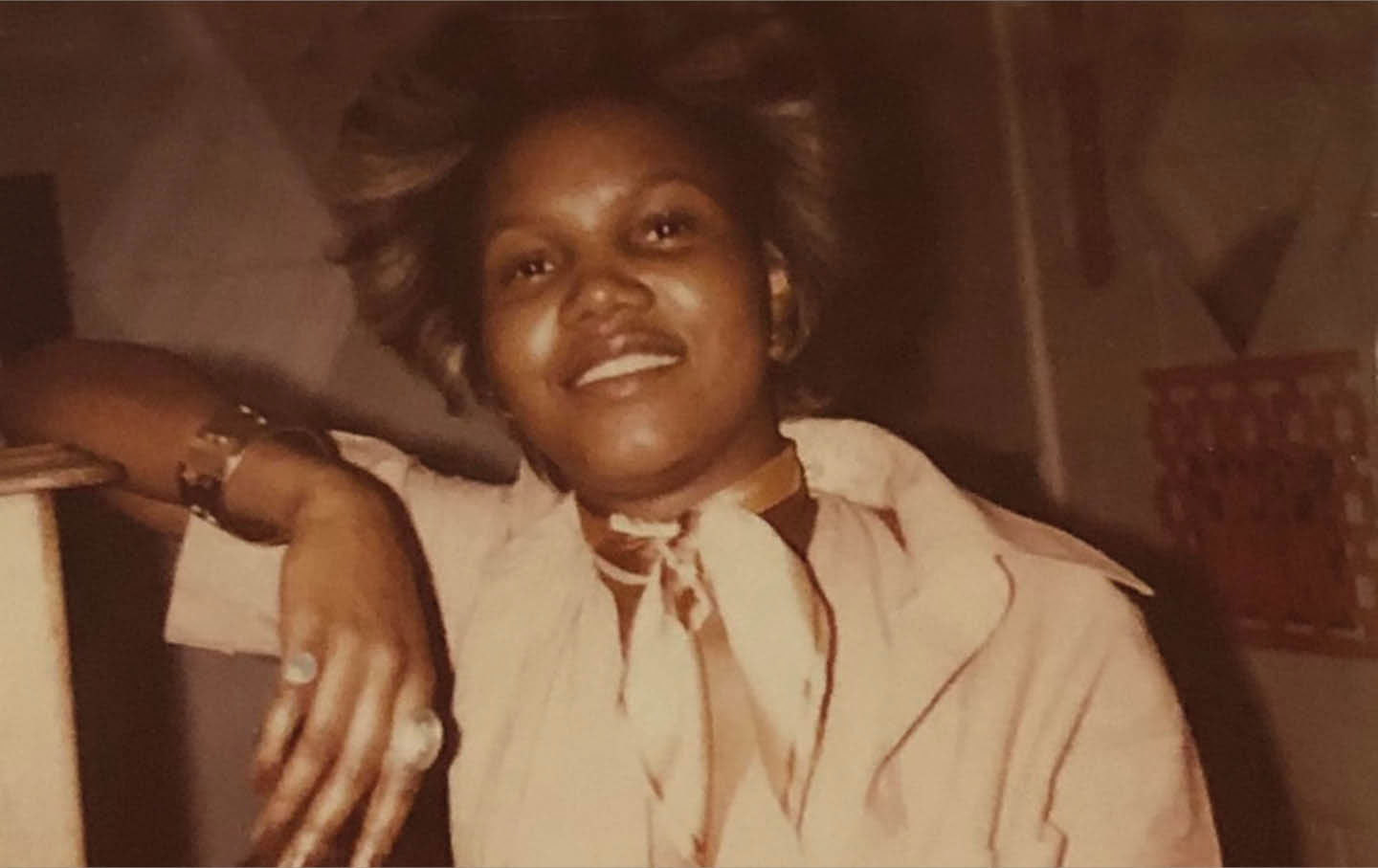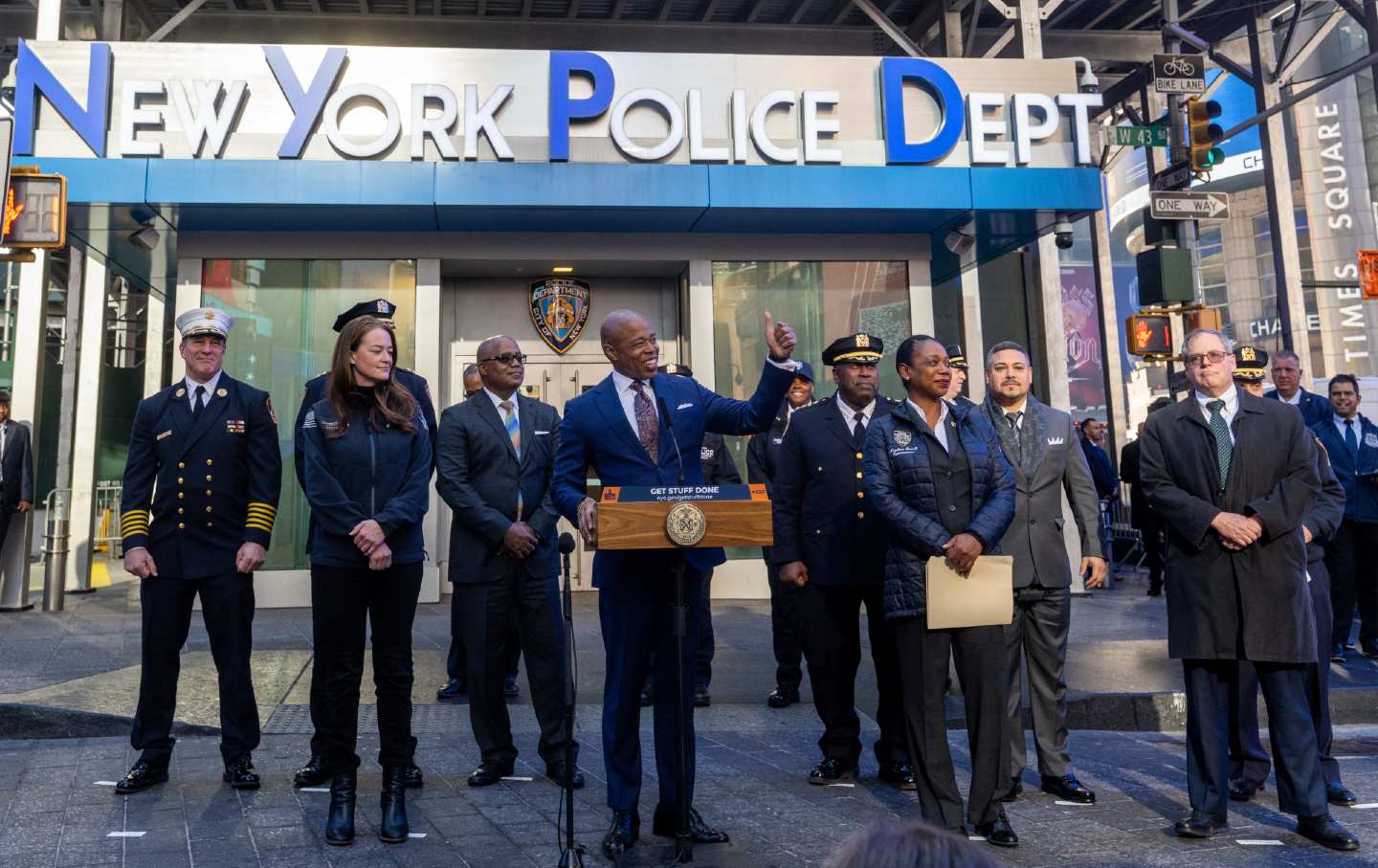
Honor Native American Peoples, Every Day Honor Native American Peoples, Every Day
Indigenous Peoples' Day is commemorated on the second Monday in October in many parts of the United States.
Oct 15, 2024 / OppArt / Andrea Arroyo

An Amalgam of Immigrants Built This Country An Amalgam of Immigrants Built This Country
America’s long history of embrace and rejection.
Oct 8, 2024 / OppArt / Frances Jetter

A Year Ago Today A Year Ago Today
A horrific attack and monstrous war with no end in sight.
Oct 7, 2024 / OppArt / Tayseer Barakat

‘I Have Watched My People Suffer in Ways That Would Shock the World’ ‘I Have Watched My People Suffer in Ways That Would Shock the World’
Dispatches from Gaza on surviving a year of genocide.
Oct 7, 2024 / Lujayn, Mohammed R. Mhawish, Ahmed Abu Artema, and Hani Almadhoun

Israel’s Internal Contradictions Israel’s Internal Contradictions
As Israel approached the one-year anniversary of October 7, it seemed to be at a crossroads, with two powerful blocs pulling in two different directions.
Oct 7, 2024 / Meron Rapoport

What Kind of Damage Will the Supreme Court Inflict This Term? What Kind of Damage Will the Supreme Court Inflict This Term?
To understand the ambitions of the conservative majority, look no farther than Project 2025, which was cooked up by some of the same people who engineered the current court.
Oct 4, 2024 / Feature / Elie Mystal

The Story of Sakinah Ahad Shannon, an Early Hero of Abortion Liberation The Story of Sakinah Ahad Shannon, an Early Hero of Abortion Liberation
Sakinah discovered Chicago’s Abortion Counseling Service, better known as Jane, because she wanted to help a friend. Then she became an essential part of it.
Oct 1, 2024 / Feature / Renee Bracey Sherman and Regina Mahone

The NYPD Is Still Stopping and Frisking Black People The NYPD Is Still Stopping and Frisking Black People
The number of police stops were on the decline in New York City. Then Eric Adams became mayor.
Sep 27, 2024 / Elie Mystal

Tesla’s Toxic Culture Has Spread to Its New Plant in Austin Tesla’s Toxic Culture Has Spread to Its New Plant in Austin
Allegations of sexual harassment, racial discrimination, and dangerous conditions are now surfacing at another Tesla factory.
Sep 27, 2024 / Bryce Covert

Stop Killing Our Children! Stop Killing Our Children!
Is Netanyahu’s genocidal war making Israel safer?
Sep 24, 2024 / OppArt / Jos Sances
